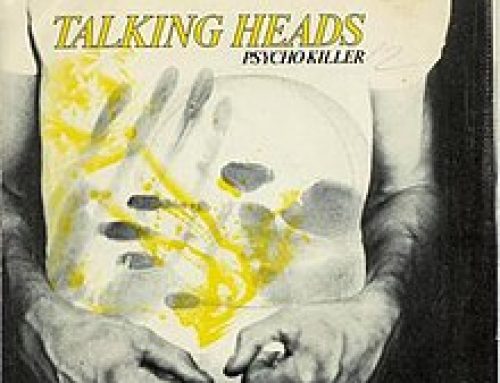Hiring the Best, a Failed Leadership Strategy
Today, we are going to discuss why building a team by hiring the best most accomplished people in their field is a leadership strategy that is doomed to failure. Now, don’t get me wrong, I’m not saying that if someone walks in your door and they are clearly a self-driven, top performer, one of those truly gifted individuals with the Midas touch that you pass on hiring, that would be just plain foolish. What I am saying is that if you plan on building your team that way, you’re setting yourself up for failure.
There are three major flaws with “Hiring the Best” as a strategy. The first is scarcity. In any given population, 68% or 2/3rds of the members exist within 1 standard deviation of the mean or average. Without getting into a lengthy, and boring conversation about statistics (my apologies to any statistician and actuaries that enjoy that sort of thing), this means that 2 out of every 3 job applicants hover around average. With 1/3 slightly better than average and 1/3 slightly below average. The remaining 1/3 are evenly split between top performers and bottom performers so you have a 1/6, or 16% chance of interviewing someone who is a “much greater than average” candidate.
Top Performers, Not Easy to Find
Those chances are slim enough but the problem is actually compounded. First, there is the problem of who is looking for work. There are many reasons why a “top performer” may be on the market, relocations, downsizing or bad cultural fit come to mind, but, all things being equal, these top performers are coveted so when we hire one, we tend to hold on to them. By comparison, bottom feeders are a dime a dozen. This skews the odds against having a top performer walk in your door.
A “top performer” may be on the market, but when we hire one, we tend to hold on to them. By comparison, bottom feeders are a dime a dozen. This skews the odds against having a top performer walk in your door,…CLICK TO TWEET ![]()
Then, there is the problem is identifying top performers. Many organizations, especially small closely held companies, rely on resumes and personal interviews to identify good candidates. In my September 2017 Blog, “WHY RESUMES SHOULD BE THE LAST THING YOU CONSIDER WHEN HIRING” I detail what I consider the only two useful pieces of information to get from a resume, hard skills and a pattern of employment. While hard skills may be useful if you are hiring for a technical position that requires time to achieve competency, such as engineering, coding, accounting, etc. If you are looking for someone with soft skills, resumes don’t really help.
To determine a candidate’s soft skills, there is a tendency to rely on references from past supervisors. Past supervisors may be useful in determining that someone is unfit for a position, but they are useless if you are trying to identify a top performer. The reason is simple, your culture is probably different and maybe drastically different than your competitors. A top performer someplace else may not thrive in your environment and a mediocre performer elsewhere may come alive in your culture.
A competitor’s top performer may not pay off. Your culture is different than your competitors. A top performer someplace else may not thrive in your environment, a mediocre performer elsewhere may come alive in your culture,…CLICK TO TWEET ![]()
Finally, there is the problem of compensation. Few companies are positioned to pay the top dollar a true top performer demands. You may be able to get some but the odds are you don’t have resources to support an entire team of proven top performers if you can find them.
Hiring for Potential – the Basis for Creating Your Own Elite Team
If you can’t hire the best, then we have to develop our team to be the best. That means hiring team members that have the potential to become elite operators. This means you need a method to assess a candidate’s values, soft skills, behavioral style and emotional intelligence to make sure they are a fit for your organization.
It’s why I strongly recommend the use of assessments as part of any team acquisition strategy. We need to assess the candidate’s values to make sure they are in line with your organization’s. We want to look at a candidate’s behavioral style and make sure they complement the position’s requirements and provide behavioral diversity in your organization. You can measure soft skills competencies so you know if you are setting up your new hire for success or if there are areas that will need support. Finally, assessing emotional intelligence is an absolute requirement for potential mangers.
Studies have shown that without using any assessments the success rate in hiring is only 16%, the same as the odds of hiring a top performer, but by using 3 or more assessments you can achieve a 90% success rate.
In the words of famed author Jim Collins, this is how you make sure you are getting the right people in the right seats on the bus.
If you have any comments or questions about this or any other leadership question, please post them below.
Don’t forget, you can follow me on Instagram, Facebook, LinkedIn, Twitter, or you can subscribe to our YouTube channel and get a notification whenever new content is posted. Please share this with your friends and visit my website www.lockedonleadership.com
I’m Dave Rosenberg, and I want you to be a Locked On Leader.










